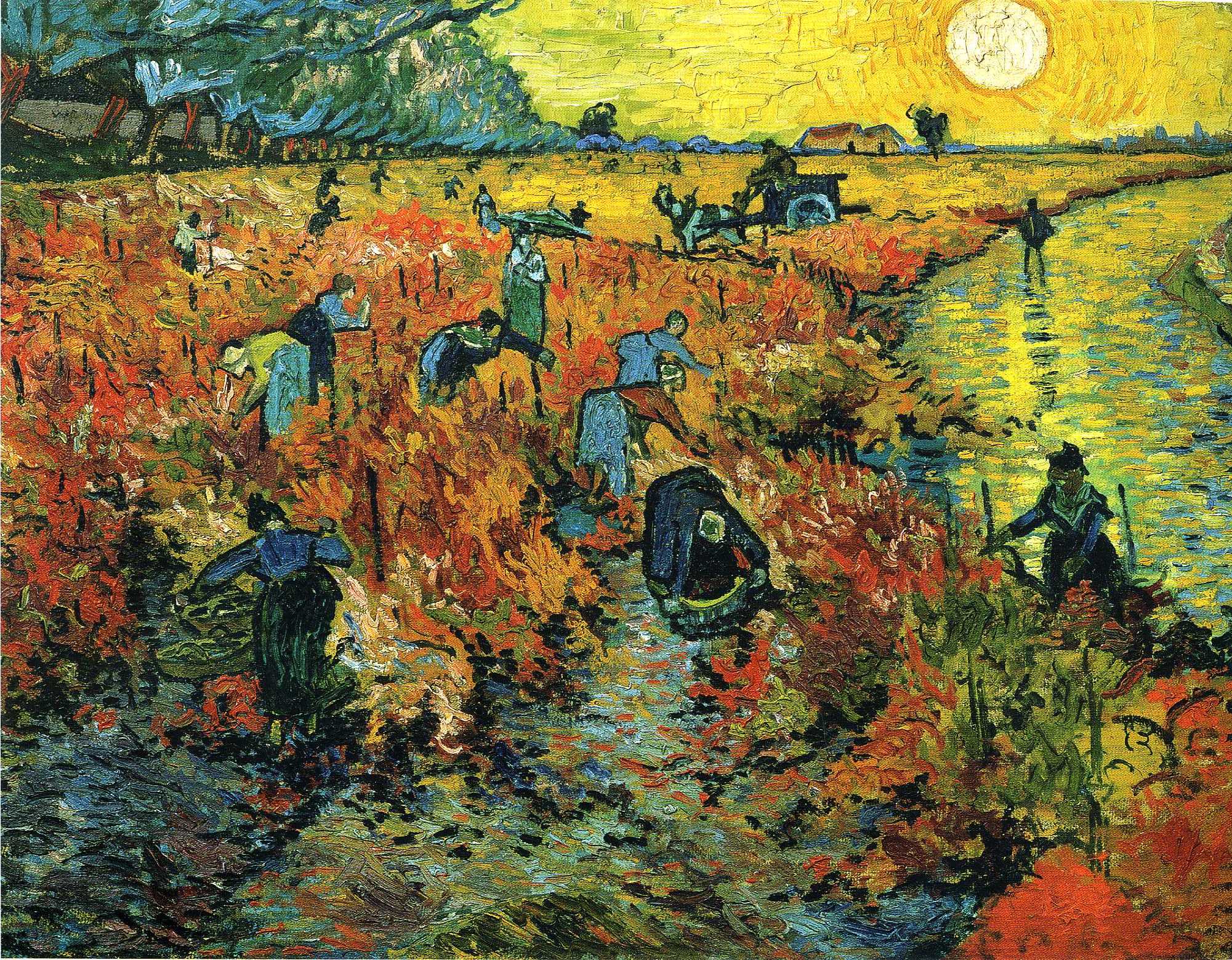
Located in Southeastern France, Provence is home to some of the earliest known sites of human habitation in Europe. As the first Roman province located outside Italy, the region takes its name from the Italian “la nostra provinicia” (“our province”) and, today, is the world’s largest wine region specializing in dry rosé.
HISTORY
While it is possible that early inhabitants used indigenous vines to produce wine before the 7th century B.C., archaeological evidence supports the belief that the Greeks first began producing wine in Provence shortly after they settled modern-day Marseille in 600 B.C.. Since then, the viticulture and winemaking styles of Provence have been influenced by the Romans, Catalans, Burgundians, Germans, and French (among others).
CLIMATE
Bordered by the Rhône River to the west, the Alps to the north and east, and Mediterranean Sea to the south, Provence has a classic Mediterranean climate. Mild winters follow warm summers with little rainfall, abundant sunshine (around twice the number of hours per year needed to ripen grapes), and strong mistral (northwesterly) wind, which keeps vines dry and skies blue.
TERROIR
While the landscape of Provence is very diverse, two main geological formations - limestone and crystalline rock masses - and two corresponding plant communities - “garrigue” (scrublands) and “maquis” (shrubs), respectively - make up the majority of the Provence’s poor yet well-drained soils. Vineyards are comprised of alternating hills and rocky hogbacks (ridges) sculpted by erosion in the Northwest and foothills and small mountains with gentler slopes covered with shrubbery and woodlands in the Southeast.
WINE REGIONS
 CÔTES DE PROVENCE: The largest wine region in Provence, Côtes de Provence’s main grape varieties include Carignan, Cinsaut, Grenache, Mourvèdre, and Tibouren.
CÔTES DE PROVENCE: The largest wine region in Provence, Côtes de Provence’s main grape varieties include Carignan, Cinsaut, Grenache, Mourvèdre, and Tibouren.
COTEAUX D'AIX-EN-PROVENCE: The second largest wine region in Provence, Coteaux d’Aix-en-Provence’s main grape varieties include Grenache, Cinsaut, Mourvèdre, Bourboulenc, Clairette, Grenache blanc, Chardonnay, Sauvignon blanc, and Semillon.
LES BAUX-DE-PROVENCE: With a particular focus on red wine production, Les Baux-de-Provence’s main grape varieties include Grenache, Mourvèdre and Syrah, Carignan, Cinsaut, and Counoise.
COTEAUX VAROIS EN PROVENCE: With a particular focus on rosé wine production, Coteaux Varois en Provence’s main grape varieties include Grenache, Cabernet Sauvignon, Cinsaut, Mourvèdre, Syrah, and Carignan.
COTEAUX DE PIERREVERT: A minor wine region of Provence, Coteaux de Pierrevert’s main grape varieties include Grenache, Syrah, Cinsaut, Clairette, and Rolle.
BANDOL: Known for its red and rosé blends, Bandol’s main grape varieties include Mourvèdre, Grenache, Cinsaut, Syrah, Carignan, Clairette blanche, Bourboulenc, and Ugni blanc.
CASSIS: With a particular focus on white wine production, Cassis’ main grape varieties include Clairette, Marsanne, Ugni blanc, and Sauvignon blanc.
BELLET: Known for its Italian-influenced whites, Bellet’s main grape varieties include Rolle (Vermentino), Chardonnay, Clairette, Mayorquin, Muscat Blanc à Petits Grains, Pignerol, Braquet, and Roussanne.
PALETTE: The smallest wine region in Provence, Palette’s main grape varieties include Cinsaut, Grenache, Mourvèdre, and Ugni blanc.










